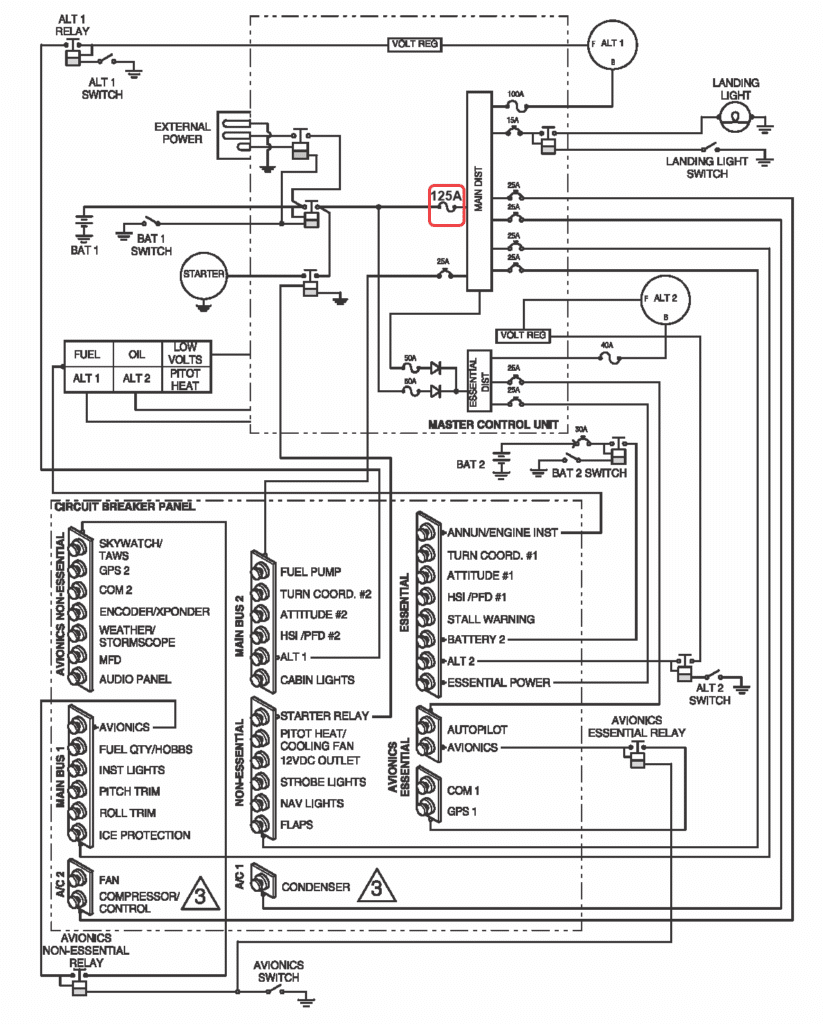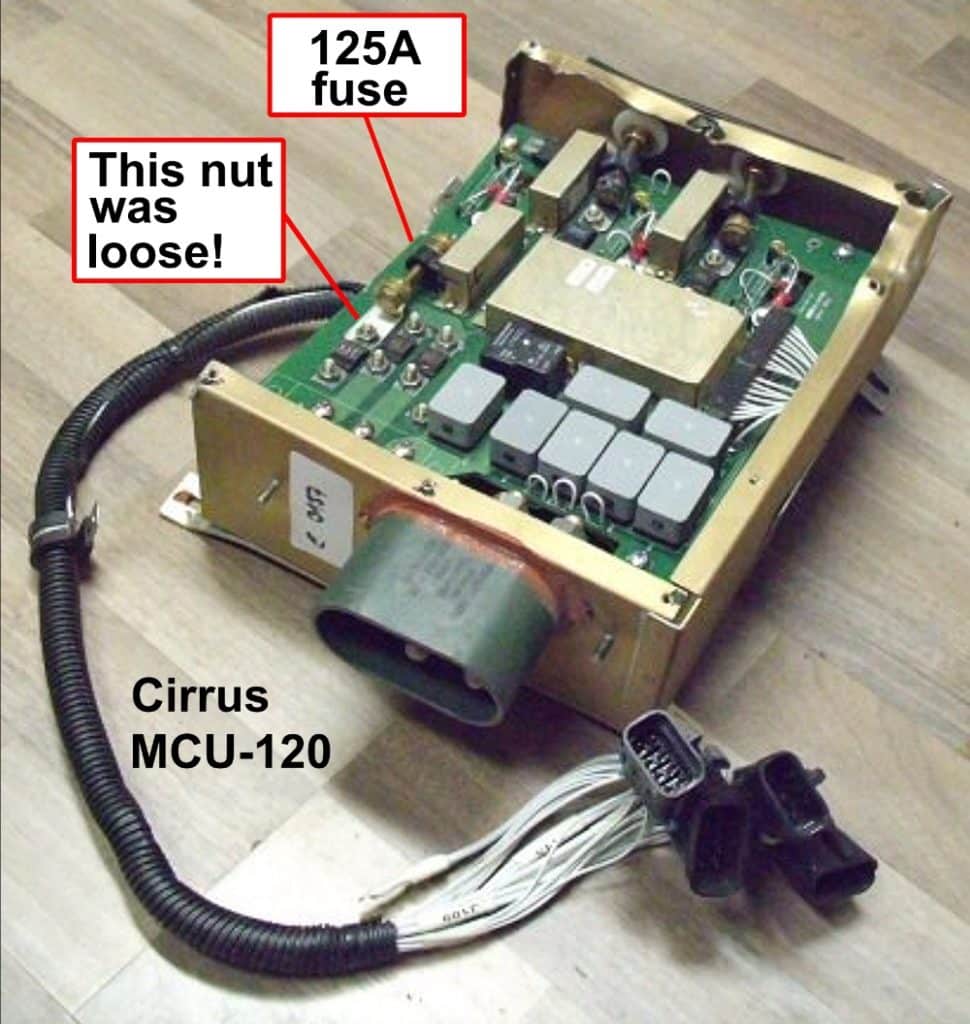“I’m having a problem with the radios,” Charlie reported to his SavvyMx account manager Eric Svelmoe. “They’re stuck on receive mode. Both have the RX indicator illuminated and putting lots of background static in my headset continuously.”
Charlie had diligently attempted to isolate the fault before reaching out to Eric. “I tried the squelch, turning off individual radios, turned off the transponder, turned off my portable GPSMAP 496, checked headphones and speaker. No change in the symptoms, so I don’t know what’s causing this problem. I thought I would check with you before I take my plane to the avionics shop on the field. Any ideas?”
Eric immediately called in Savvy’s avionics specialist Mark Coleman. “The GNS-430W opens and closes the squelch alternately by pressing the volume control,” Mark advised Charlie. “And on 121.5 Mhz, it opens the squelch by default. There is a mode to adjust the auto-squelch level, but that is a maintenance mode and can severely reduce your effective range of the radio if not set right. Does this problem occur only on certain frequencies? Let’s figure this out!”
The next day, Charlie responded, “I think the issue is the number one (top) GNS-430W. I think maybe the squelch was stuck. All the buttons including the squelch are very hard to operate. Even trying to use the flip/flop will not work without some very aggressive pushing. I think I can get by for now, but since I’m coming up on my annual next month, my GNS-430W will either need to be fixed or replaced. At this point if it has to be replaced, does it make sense to go with another GNS-430W or do you recommend something else?” “
Garmin’s flat-rate fee to repair your GNS-430W is $1,300,” Mark advised. “Your alternatives would be the Avidyne IFD-440 slide-in replacement that costs about $13,000, or a Garmin GTN-650Xi for about $14,000 installed. If you decide on one of those upgrades, you should be able to get between $2,000 and $4,000 trade-in value for your GNS-430W..”
“Well, $1,300 sounds a lot better than $13,000 or $14,000,” Charlie replied. “I think I’ll have the GNS-430W repaired during the upcoming annual inspection coming up next month.”
“No need to get the avionics shop involved, then,” said Mark. “The shop doing your annual inspection should be able to pull the radio and send it to Garmin. If you have this done on the first day of the annual, there should be no significant delay in getting your plane back in the air.”
Stuck in Oshkosh
“I landed my 2001 Cirrus SR22 at Oshkosh and taxied to the northwest corner of the field (“North 40”),” posted Dan, another SavvyMx client with Eric assigned as his account manager. It was AirVenture 2017. “It was a long, rough taxi. Everything seemed normal at shutdown. Then the marshal asked me to move the plane to another location. When I tried to restart, I encountered an electrical problem that prevented me from starting the engine.” Dan went on to describe his specific symptoms:
- Bat 1 master switch: relay actuates audibly
- Bat 2 master switch: relay does not actuate audibly
- With both master switches on, there is no power to : fuel pump, starter relay, strobes, nav lights, landing light, pitot heat. However, there is power to the Aspen PFD.
- With Avionics switch on, there is power to AI gyro, turn coordinator gyro, GPS #1, autopilot head unit. No power to GPS #2, MFD, clock.
- All breakers are in, none popped. I tried pulling and resetting key breakers, and all appear normal.
- Battery 1 voltage at terminals 25.8V as measured with DVM.
Once again, Dan had clearly done a fine job of fault isolation. Good enough that Eric was able to immediately provide a definitive diagnosis. We just love it when owners do this!
“I have attached the simplified wiring diagram of the electrical power system,” Eric replied, sensing that Dan was geeky enough to appreciate it.

“Bat 1 powers the main and non-essential buses. This is the one you are not getting power to. Bat 2 powers the essential and avionics essential buses. This bus appears to be getting power. Since we are hearing the Bat 1 relay click we can assume that the Bat 1 switch and associated wiring are good. (You are probably not hearing the Bat 2 relay because it is a smaller relay and located separately from the MCU in the back of the plane.) If the Bat 1 relay is closing, the next thing in line is a 125A fuse located inside the MCU. This powers the main distribution bus which in turn powers all the main buses in your circuit breaker panel. Since the main distribution bus is apparently dead, the problem is very likely to be with the 125A fuse inside the MCU. Try checking to see if you get power to the essential bus with Bat 2 switch off. If you do then the Bat 1 relay is working and the problem is definitely the fuse.”
A few hours later Dan posted, “Eric, the problem is resolved. We discovered that one end of the 125A fuse was being held by a nut that had come loose. Tightening the nut solved the problem. The fuse itself was unblown, much to my relief. Thanks for your help in diagnosing this issue so quickly.”

“I like the easy fixes!” replied Eric. “It’s even more fun when we have figured out the location of the problem before even looking.”
Expert diagnosis is one of the most important benefits of SavvyMx maintenance management. As exemplified by Charlie’s and Dan’s experiences, Savvy’s account managers are experts diagnosing problems remotely. This often results in resolving problems quickly without having to take the aircraft to a maintenance or avionics shop. The diagnostic assistance Charlie and Dan received from Mark and Eric easily saved them more than the $750 annual fee that they paid for their SavvyMx subscriptions. And that doesn’t include their annual inspections, where we routinely save our clients thousands and sometimes tens of thousands. Don’t wait until you’re stuck with a problem. Enroll your aircraft in SavvyMx now and you’ll be assigned to one of Savvy’s veteran account managers who will assist you and your mechanic with every aspect of maintenance, relieving you of worry, hassle, and unnecessary expense.
You bought a plane to fly it, not stress over maintenance.
At Savvy Aviation, we believe you shouldn’t have to navigate the complexities of aircraft maintenance alone. And you definitely shouldn’t be surprised when your shop’s invoice arrives.
Savvy Aviation isn’t a maintenance shop – we empower you with the knowledge and expert consultation you need to be in control of your own maintenance events – so your shop takes directives (not gives them). Whatever your maintenance needs, Savvy has a perfect plan for you: